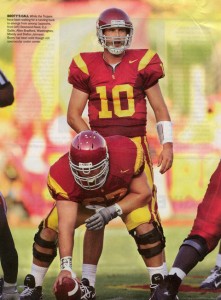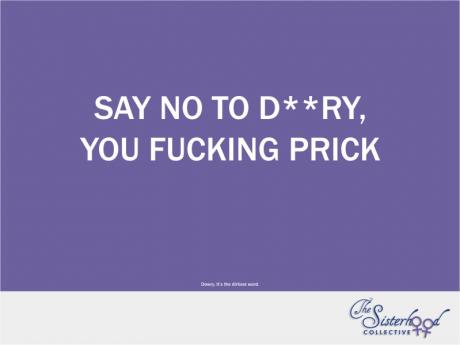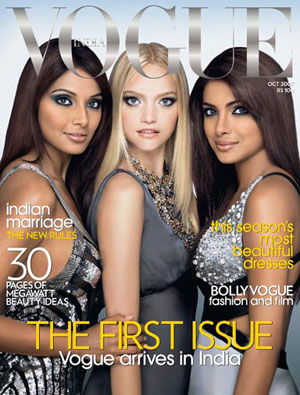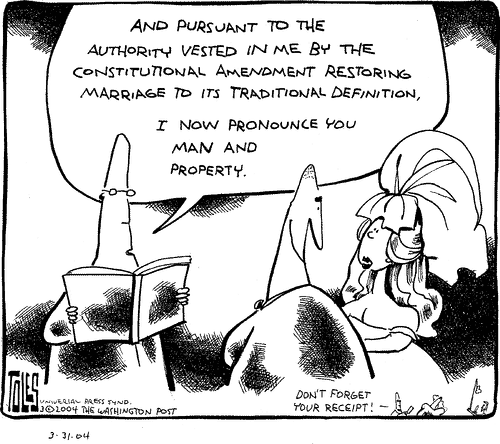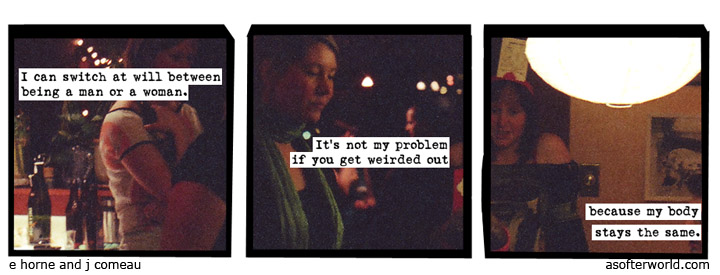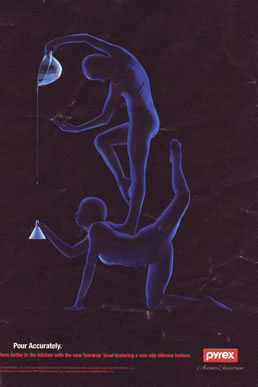Occasionally we here at Sociological Images like to put up something we really like. To that end, I submit to you this public service announcement for science careers in the European Union (made by a German ad agency):
I like that it’s actually creative, instead of relying on the good ol’ objectifcation, nudity, violence, sex, or all of the above. I also like that the people in the commercial just look like people. Proof that you don’t need people in the 99.9th percentile of beauty and thinness/beefiness to make a good ad. What do you like about it?

